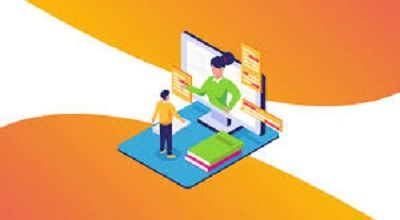Blended Learning
Blended learning is an educational approach that combines traditional classroom instruction with online learning activities. It is sometimes referred to as “hybrid learning” or “mixed-mode learning.” The goal of BL is to leverage the strengths of both face-to-face. Online learning creates a more flexible and effective learning experience.
Here are some key features of blended learning:
- Combination of In-Person and Online Instruction: BL typically involves a mix of in-person classroom sessions and online learning activities. The balance between these components can vary depending on the specific course or program.
- Flexibility: Blended learning allows for greater flexibility in how. And when students engage with course materials. Online components can be accessed at any time. While in-person sessions provide opportunities for interaction and discussion.
- Personalization: Instructors can tailor the online components to meet individual student needs, providing additional resources, quizzes, or assignments based on students’ progress and performance.
- Technology Integration: BL relies on technology, such as learning management systems (LMS). Video conferencing tools, and online resources, to facilitate the online portion of the learning experience.
- Assessment and Feedback: Assessment and feedback can be conducted both in-person and online. Allowing for a more comprehensive evaluation of student progress.
- Student-Centered Approach: Blended learning often emphasizes a student-centered approach, with students taking more responsibility for their learning and engaging in self-directed online activities.
Example of Blended Learning:
Imagine a high school math course that uses BL:
In-Person Sessions:
- Students attend traditional classroom sessions where the teacher delivers lectures, facilitates discussions, and provides face-to-face instruction.
- In-class exercises and group activities are conducted to reinforce concepts.
Online Components:
- The course utilizes an online learning platform where students can access video lectures, interactive simulations, and digital textbooks.
- Online quizzes and assignments are available to help students practice and assess their understanding.
- Discussion forums allow students to ask questions, collaborate on projects, and share resources with classmates.
Homework and Review:
- After the in-person session, students are encouraged to review the material online. Re-watch lectures if needed, and complete online exercises.
- They can submit assignments electronically and receive feedback from the teacher.
Assessment:
- Assessments include a combination of in-person tests and online quizzes, ensuring a comprehensive evaluation of student knowledge.
- This blended learning approach combines the benefits of face-to-face interaction with the convenience. And the flexibility of online resources. Enhancing the overall learning experience for students.
